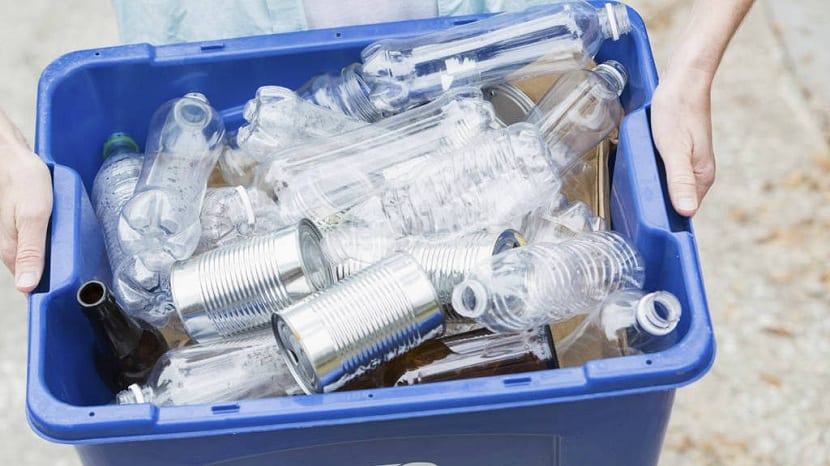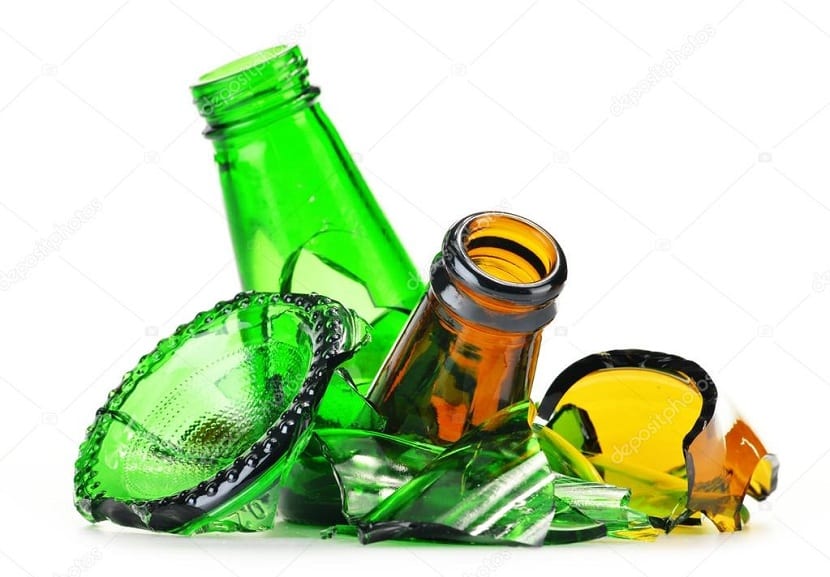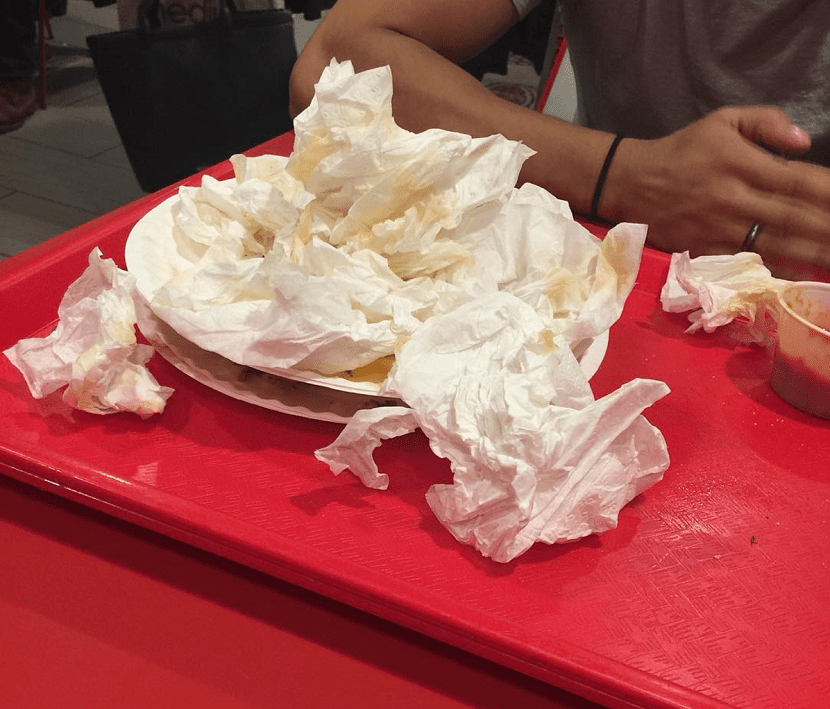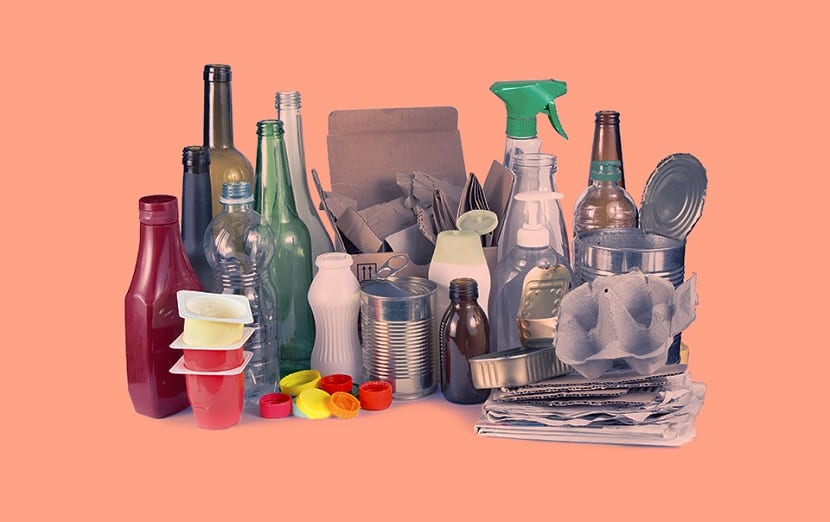
You want to know what things can be recycled and how to take into account some factors so as not to be wrong?
When we are at home and we want to throw out the garbage, we have made a previous selection of the waste that goes in each container and in which we intend to recycle. Paper and cardboard, glass, plastics and organic are the most common materials that we usually separate. However, it is not always easy to recognize what type of material a particular package is made of. And it is that both at home and at work and anywhere there are thousands of things that we can recycle and that we do not know well.
The importance of recycling
Although at first glance it seems silly, recycle glass bottles, plastic or the cardboard of the containers, etc. It can be a small gesture that makes a difference when it comes to reducing the consumption of raw materials. It is no longer just about helping to reduce the consumption of natural resources, but to reduce pollution globally.
There are a thousand things that can be recycled, although sometimes it is more difficult to know what type of material we are talking about (see Recycling symbols). Some containers are highly processed and it is not possible to differentiate well if it is plastic or cardboard. In others they come together and it is difficult to separate them and even sometimes, if it is stained or full of something, we do not know if we should recycle it or not.
The ideal to recycle in a correct way is to place at home, at least 4 large buckets to sort all the waste. Today there is a lot of quite nifty variety in stores about containers with nice and colorful designs that do not take up much space in the house. With these four buckets, we will select the main types of waste to be treated: organic matter, paper and cardboard, glass and packaging.
With this classification by cubes we can begin to recycle most of the materials that we will use at home frequently. It is quite simple and effective and does not involve doing extra work. More than anything, it is to implement the habit of separating the type of waste in each container in a progressive way at home. In a matter of months, it is already something normal and daily.
Recycling problem

Before commenting on what things can be recycled, it is necessary to introduce the context in which we find ourselves from the beginning. There are many more materials that can be recycled and that are not within these 4 large cubes that we have selected for the home. For example, the batteries go in another less frequent container, but that it is necessary to deposit. If we have batteries at home, it is best to accumulate some in a bag and deposit them in the container when possible. The same goes for the waste oil.
The rest of the most voluminous waste or that is not known about it, go in the clean point. Ask for your city where the clean point is located, surely you will find a large amount of waste of all kinds.
The recycling problem comes long before Christ, where civilizations were also accumulating garbage. Practically, with the appearance of the human being, the garbage began to appear. It was already in the industrial revolution where, due to a cheaper production of new goods, the production of materials on a large scale was allowed. The idea of recycling is to be able to reuse these materials and incorporate them back into the life cycle of the products.
List of what can be recycled
Next we are going to put a list of materials that we can recycle from home and we are going to classify them according to their composition. In this way, you will be able to know directly, in which container each type of waste goes.
Glass
Of glass there are some things that we can find daily at home. Glass is a material that we can recycle and of which practically 100% is used. We are mostly glass in:
- Food packaging
- Bottles of alcoholic beverages
- Perfume and cosmetic packaging
The glass is poured into the green container (see Recycling containers)
Plastics
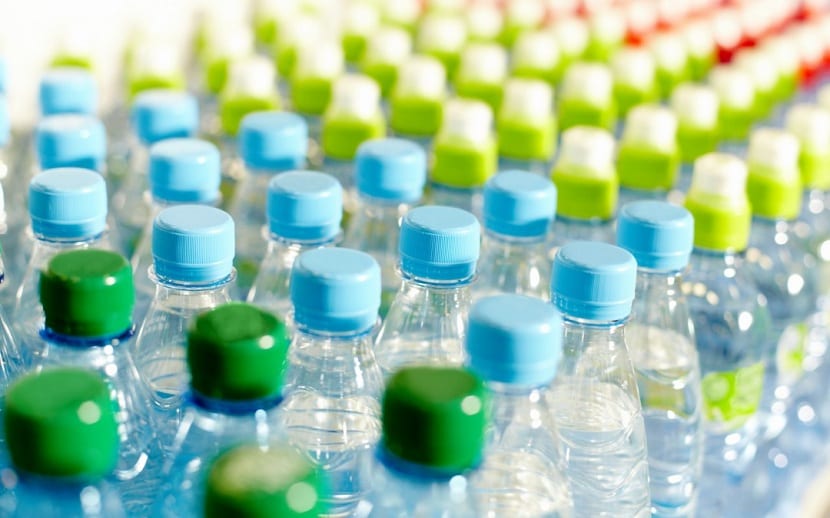
It is perhaps the most abundant type of waste on our planet. Since the industrial revolution and the discovery of plastic (derived from petroleum), countless materials built from it have emerged. However, it is the material that lasts the longest without degrading in nature and that it is forming veritable islands of plastic in the ocean. We can find plastics in:
- Cosmetic jars
- Disposable cups, plates and cutlery
- Plastic chairs
- Containers from food and drink
- Pots
- Food industry transport packaging
- Plastic bottles of cleaning products
The plastics are deposited in the yellow container.
Paper and cardboard
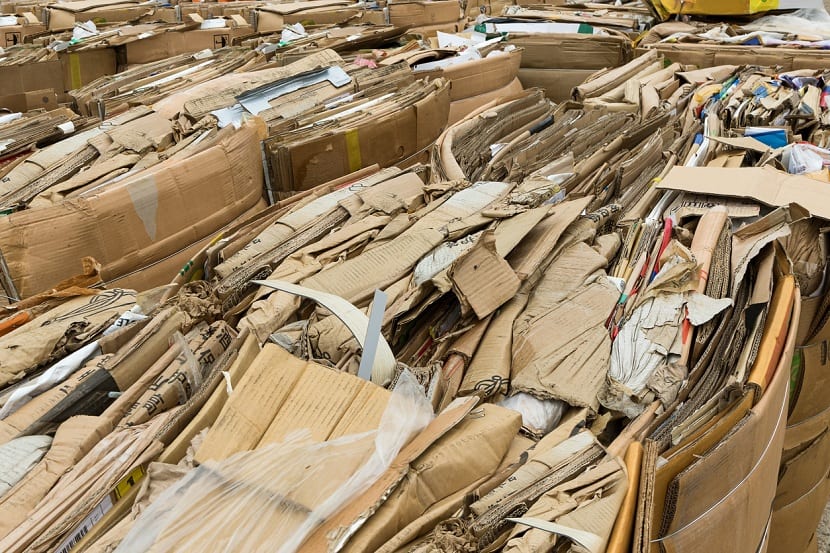
Surely you will have at home lots of folders, folders, notebooks and books that you do not use or that are obsolete. It is time to contribute to the care of forests and avoid cutting down trees by recycling these materials. In this way they can be reused for the use of new recycled paper. At home we can have paper and cardboard in:
- Magazines
- Folders
- Telephone directories
- Sheets torn from notebooks
- Newspapers
- Common letter envelopes
- Invoices
- Papers, both printed and unprinted
- Cardboard packaging
- Transport boxes
- Forms
The paper and cardboard are deposited in the blue container.
Materials that cannot be recycled
We also find some materials that cannot be recycled due to the state in which it is found. Being too degraded, the material cannot be reused. We met with:
- Commercial catalogs
- Papers from a fax
- Paper napkins
- Used glasses
- Photographic paper
- Used kitchen paper
- Lamps
- Mirrors
- Spectacle lenses
- Laminated paper
- Ceramic objects such as cups, flowerpots, plates or glasses.
- Flat glass (such as from a broken window)
- Burned out bulbs
- Dirty paint rags
- Rags impregnated with cleaning product residues
- Containers that have contained products with toxic substances, such as paints.
I hope that with this list of materials you can learn more about what things can be recycled.
